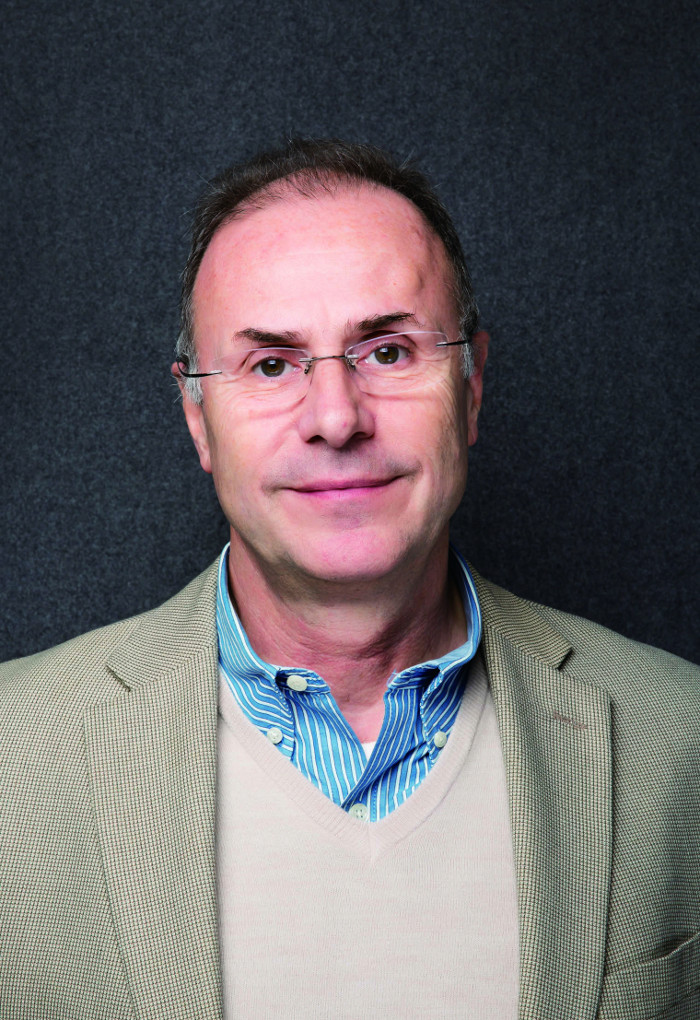Dr. Pierre Verlinden, Trina Solar’s chief scientist and decorated veteran of the solar PV industry, is to retire from the Chinese vertically integrated solar company later this month.
In an email, the scientist wrote that he will be reducing his working hours in order to spend more time with his family. Verlinden’s last day working at Trina Solar’s Changzhou R&D HQ will be February 12, before which time he will return to his home in Australia.
Verlinden has been at the helm of Trina Solar’s R&D department for six years, and has been instrumental in driving solar cell and module efficiencies to new heights.
His work in all areas of cutting-edge cell technology has been pioneering, and Verlinden steps aside from Trina Solar with the company among the leading producers of solar modules globally, and at the forefront of cell innovation, particularly n-type mono-Si interdigitated back contact (IBC) cells.
Verlinden’s PV career spans 39 years, and has taken the scientist from Belgium to Australia, via China and 11 years at SunPower Corporation. The scientist holds 10 patents and has published more than 100 technical papers on solar PV technology.
pv magazine wishes him well.
This content is protected by copyright and may not be reused. If you want to cooperate with us and would like to reuse some of our content, please contact: editors@pv-magazine.com.



By submitting this form you agree to pv magazine using your data for the purposes of publishing your comment.
Your personal data will only be disclosed or otherwise transmitted to third parties for the purposes of spam filtering or if this is necessary for technical maintenance of the website. Any other transfer to third parties will not take place unless this is justified on the basis of applicable data protection regulations or if pv magazine is legally obliged to do so.
You may revoke this consent at any time with effect for the future, in which case your personal data will be deleted immediately. Otherwise, your data will be deleted if pv magazine has processed your request or the purpose of data storage is fulfilled.
Further information on data privacy can be found in our Data Protection Policy.